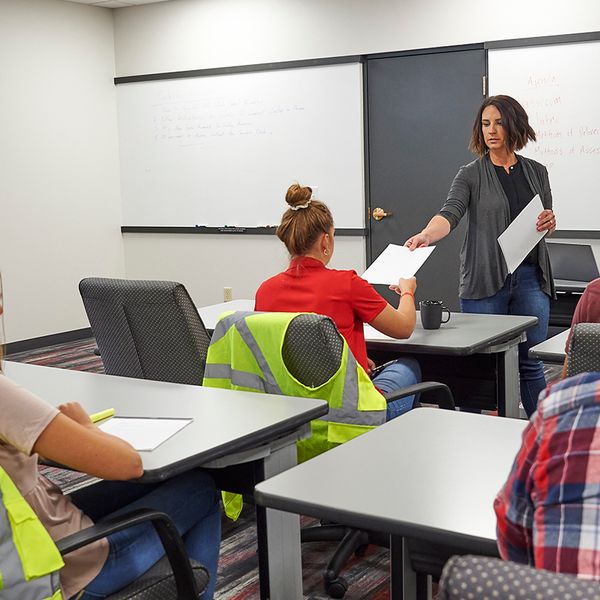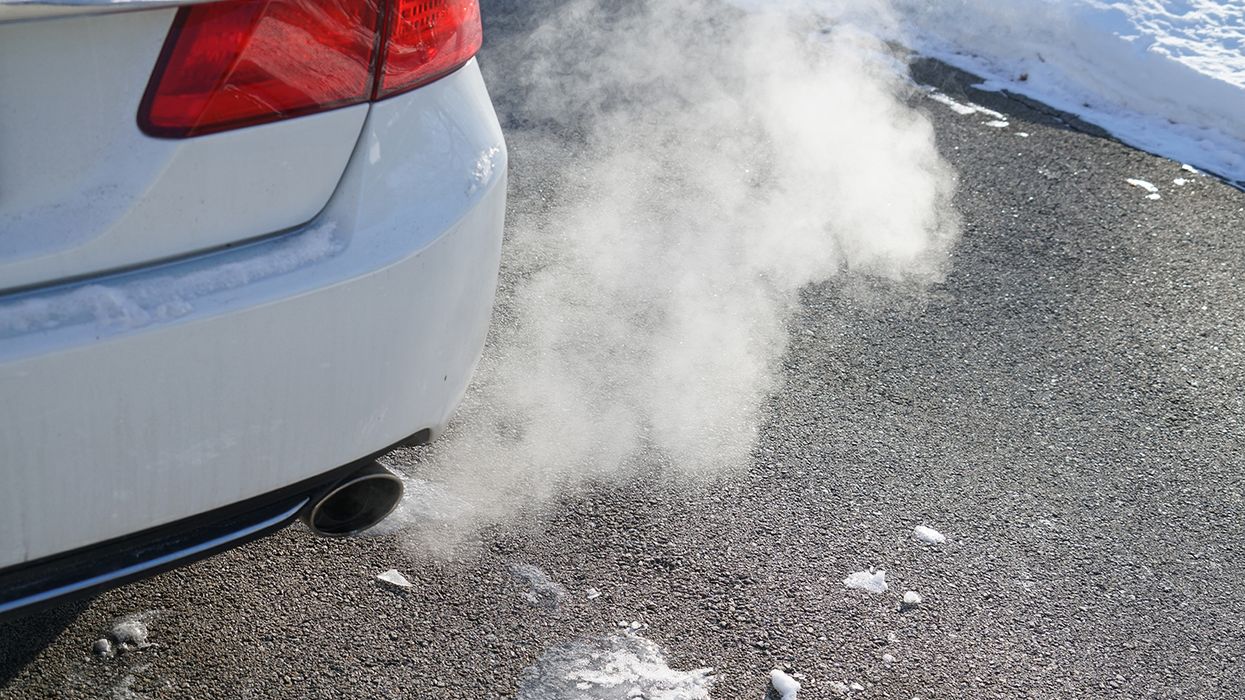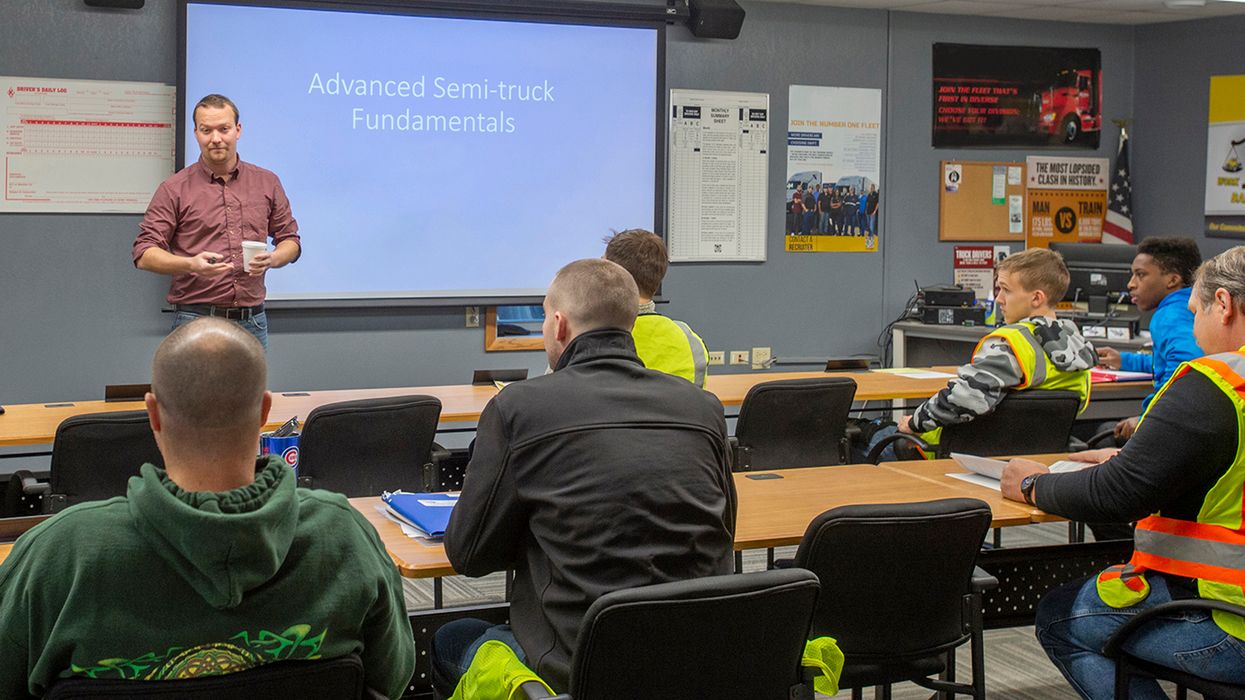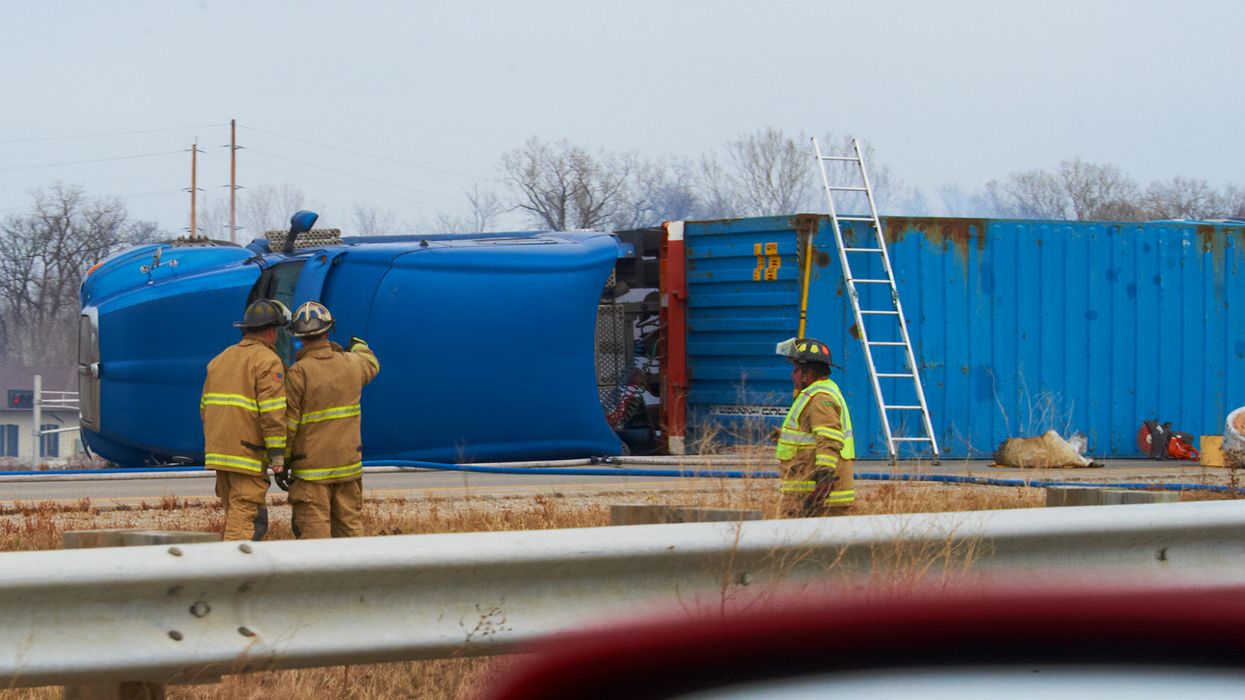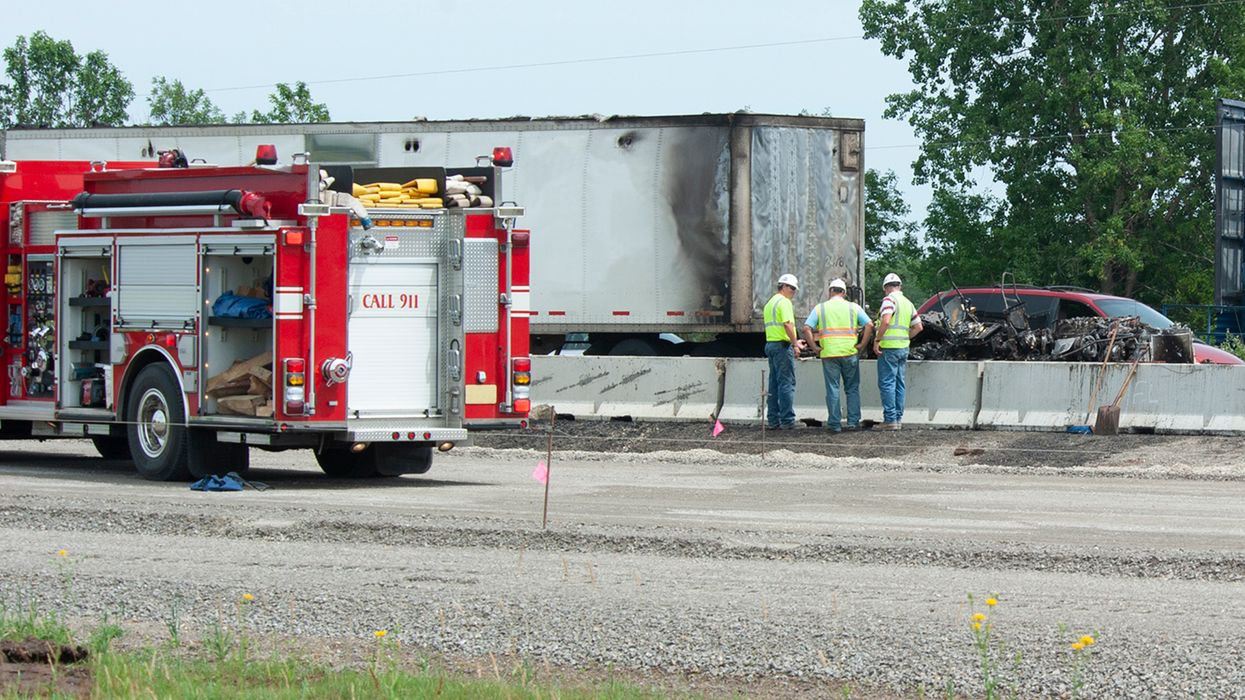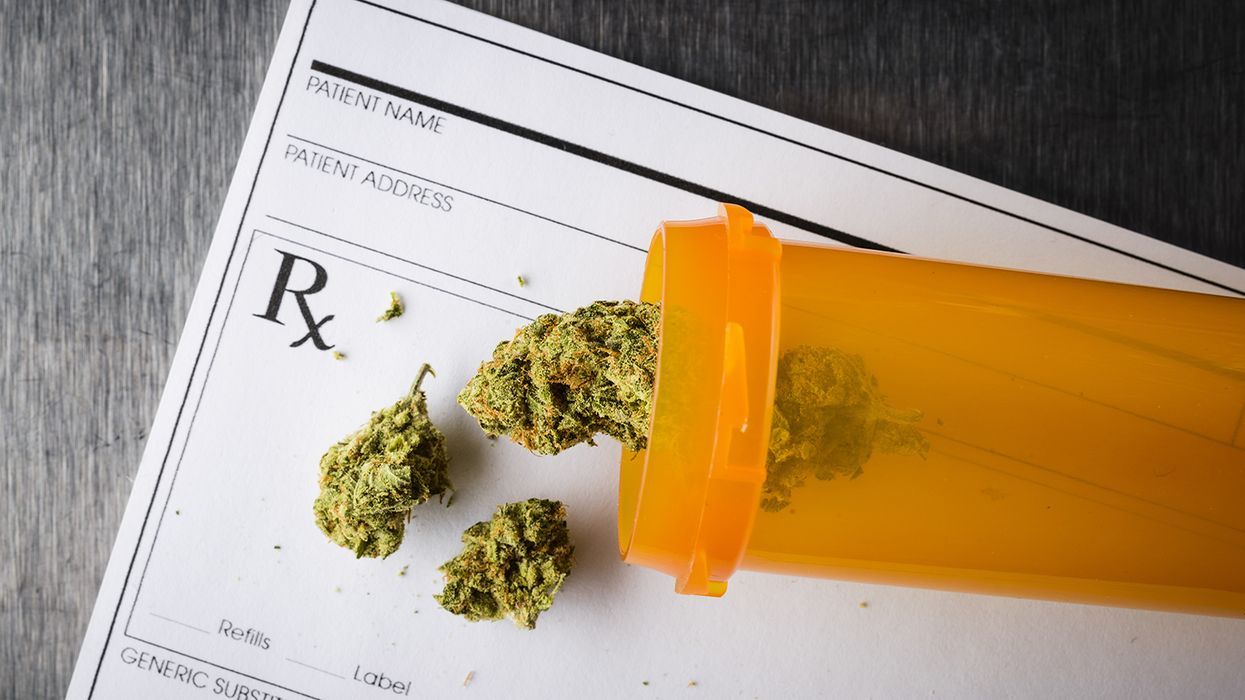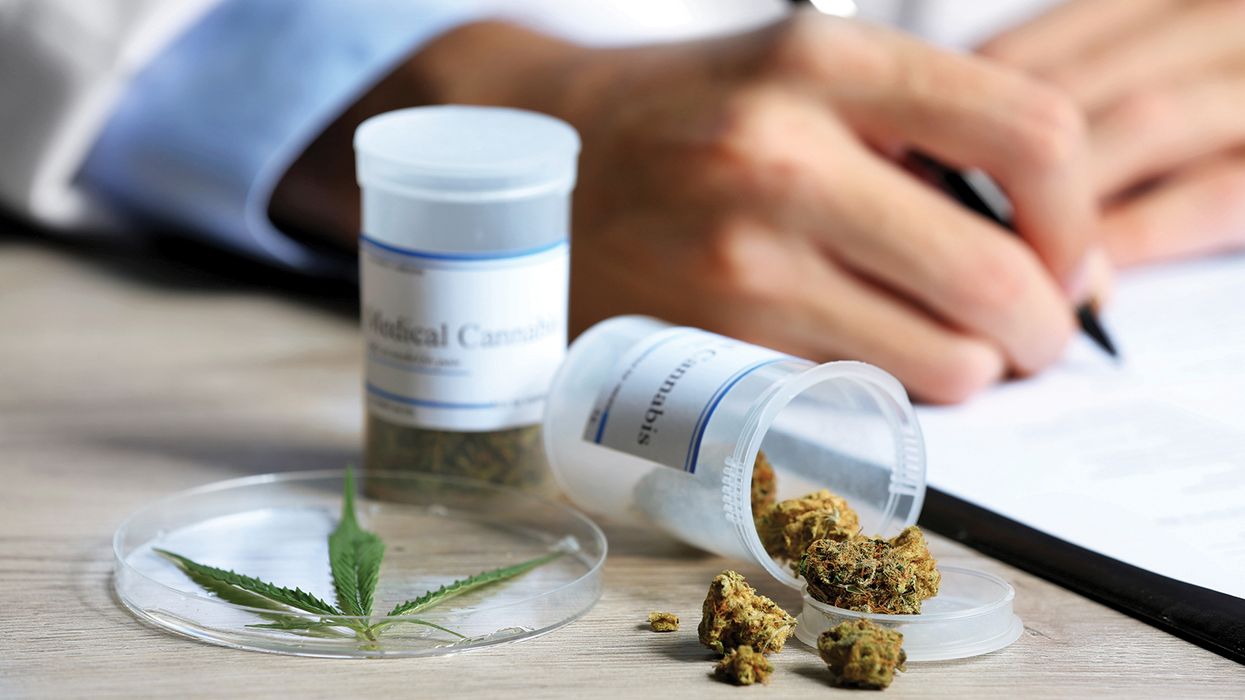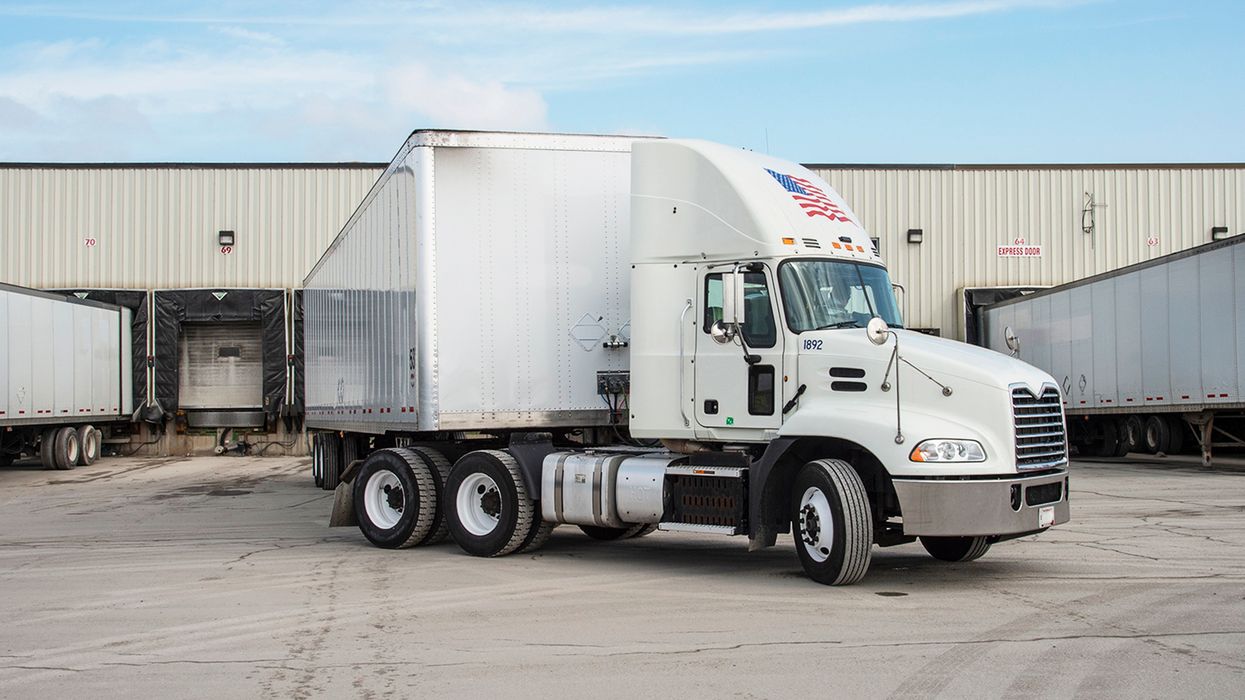Can your supervisors identify marijuana use?
With so many states legalizing marijuana, and societal acceptance of its use, commercial drivers may be tempted to use the drug. This is despite knowing it is not permissible under federal rules for those operating vehicles requiring a CDL. Training your supervisors to recognize this increasing problem is the first step in combating it at your motor carrier.
Supervisor reasonable suspicion training
The regulations (382.603) require carriers to train designated driver supervisors to request DOT reasonable suspicion drug and/or alcohol tests. The supervisors must receive a one-time training with at least 60 minutes on alcohol misuse and an additional 60 minutes on drug use.
The training helps supervisors determine whether reasonable suspicion exists to require a driver to undergo testing. The training must include the physical, behavioral, speech, and performance indicators of probable alcohol misuse and use of controlled substances. Note that an untrained individual (supervisor, coworker, customer) cannot be the party observing the driver to justify the test, no matter how credible.
To make sure you can request a test when needed, consider the following best practices:
- Remind supervisors. Even though refresher training is not required in the regulations, motor carrier supervisors may benefit from additional training on:
- The signs, symptoms, and behaviors of drug use, including marijuana; and
- DOT testing reasonable suspicion testing procedures under 382.307.
- Add coverage. To make there are enough trained supervisors available, carriers should consider training additional “designated” supervisors to cover shifts, locations, and vacations. The designated supervisor does not have to be the immediate supervisor of the driver. Rather, it could be someone with direct contact with the driver who has been given authority to request the test.
Know the signs of marijuana use
The safety regulations require that trained supervisors identify signs and symptoms of marijuana and other drugs. Training should provide supervisors with the necessary tools to confidently request a reasonable suspicion drug test.
The effects of marijuana use may include:
- Restlessness,
- Increased heart rate,
- Elevated blood pressure,
- Erratic emotions and behavior,
- Impaired memory and attention,
- Paranoia, and
- Confusion.
Driving while under the influence of marijuana is dangerous. It negatively affects:
- Time and distance perception,
- Lane tracking, and
- Divided attention.
The ability to drive after consuming marijuana is impaired for at least four to six hours.
Signs to look for when determining reasonable suspicion are:
- Very bloodshot eyes,
- Muscular tremors or involuntary shaking,
- Short attention span,
- Disoriented behavior, and
- Impaired time and distance perception.
Key to remember: Data show that marijuana is the top drug showing up in DOT testing panels. Motor carriers should be proactive to help counter the legalization and social acceptance of marijuana use.





